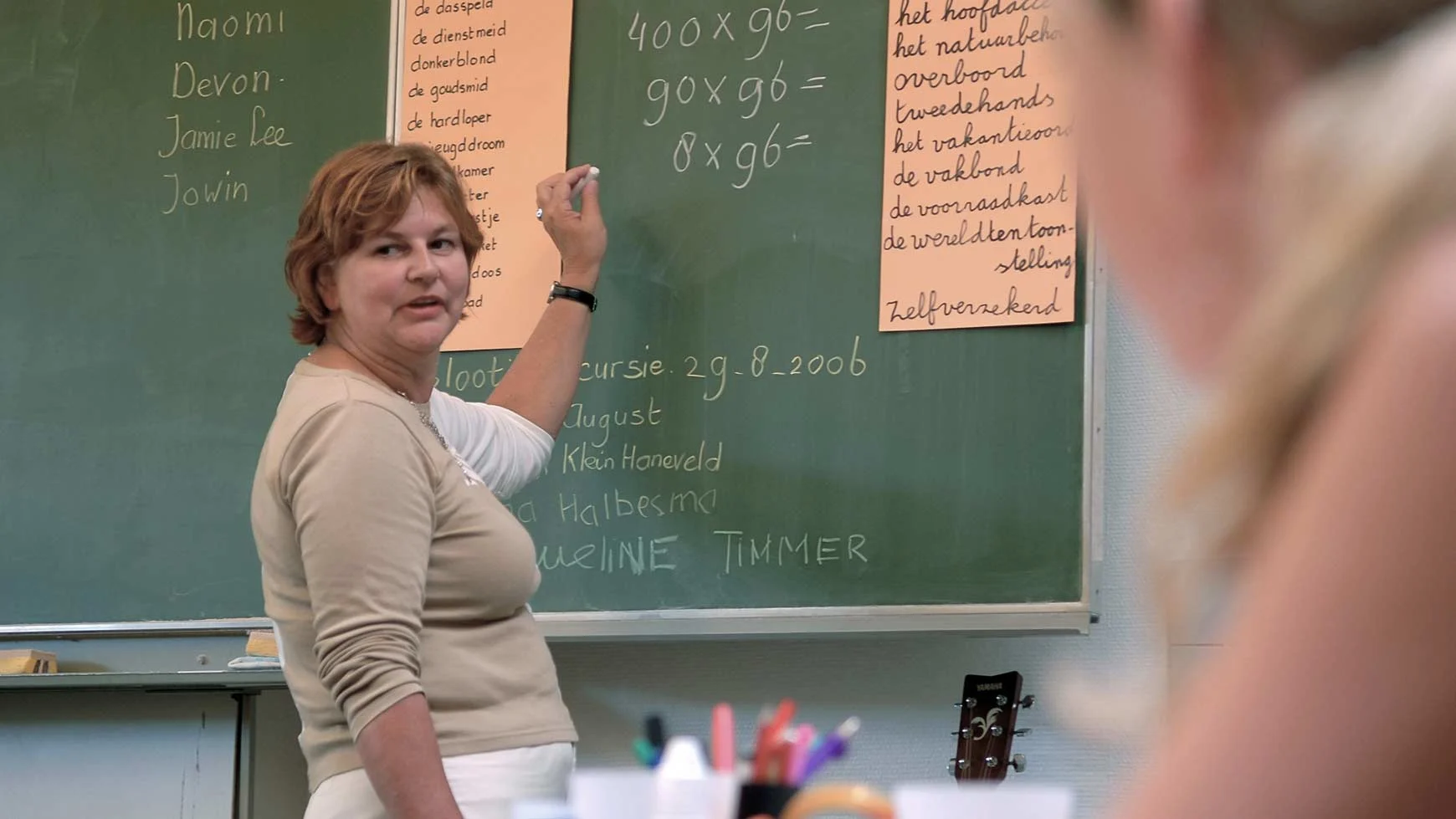Common advance organizers and why they work

At a glance
Advance organizers help structure kids’ thinking about a topic.
Advance organizers link the material kids are trying to learn with what they already know.
They can be helpful to all students and can be especially helpful to kids who struggle with organization and attention.
Teachers use advance organizers to introduce a lesson and guide kids on how to think about it. Much like a good movie trailer, an advance organizer gives kids a preview of what’s to come and gets them interested in seeing more. It also works by helping kids link what they already know with what they’re about to learn.
Research shows that advance organizers can really help kids learn. And that’s especially true for children who have attention challenges or trouble staying organized.
Advance organizers remind students of what they already know and help them organize the new information they’re about to take in. This can help kids understand what they’re being taught and remember it later on.
Common advance organizers
Chances are good that your child’s teachers are already using different kinds of advance organizers. You may also want to try some of these strategies at home when you’re helping your child get ready to begin an assignment. Here are a few types of advance organizers.
Expository advance organizers give students a broad idea of the lesson’s purpose before the lesson begins. For example, a teacher may tell students what the lesson’s goals are: “We’ve talked about what habitats are and why some animals prefer to live in different places than other animals do. Our goal today is to learn about the four layers of a tropical rainforest and which animals live in each of those different layers.” Teachers often also write the goals on the board.
Narrative advance organizers involve storytelling. At the beginning of the class, the teacher might tell an interesting story that relates to important concepts in the lesson: “I’m going to tell you a story about a little tree frog who climbed from the forest floor up to the very top of the tallest tree in the rainforest.”
Skimming is another type of advance organizer. A teacher may ask students to skim over a reading, focusing on highlighted information, such as captions or chapter headings. That makes them familiar with the material before they read it more thoroughly. Younger students might take a “picture walk” through the reading.
Graphic organizers structure information visually or in pictures. They’re usually one-page forms with lots of blank areas so they’re easy for students to skim before the lesson. For example, a teacher might give students a simple drawing of a tree with lines marking each of the four layers of the rainforest. As the lesson goes on, the students can fill in the graphic organizer with the names of the different layers and of the animals that live in them.
KWL charts are a popular form of advance organizer. Before a lesson begins, students may be asked to divide a page into three columns. Then they use the first column to write what they think they know (that’s where the K comes from in the acronym) about rainforests. In the second column, they add what they want (W) to know about rainforests. And after the lesson, they write what they’ve learned (L) in the third column. Creating a KWL chart makes students think about what they already know. That makes them feel more comfortable with the new material they’re learning. As a result, their interest and focus may increase.
Analogies are comparisons of two things that are alike in some way. They can also be used as advance organizers. Research has shown that it helps students to realize that a new topic relates to something familiar. For example, in one study, two groups of students were each given an article about how radar works. The first group’s article started with a short analogy comparing radar to a ball bouncing off a wall. The second group’s article didn’t have an analogy. When tested on how well they’d understood, the group that read the article with the analogy did better. They used what they already knew about how a ball bounces to understand how radar works.
Advance organizers are a popular tool that can help kids with learning and thinking differences understand new information more easily. You may want to learn more about common techniques for helping struggling students. You may also want to read more about the importance of working with your child’s teacher.
Key takeaways
Advance organizers can improve kids’ understanding of new material.
KWL charts and analogies are two kinds of advance organizers.
Advance organizers can be especially useful for students with organization and attention challenges.
